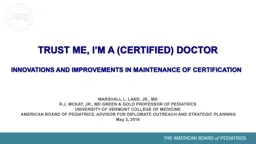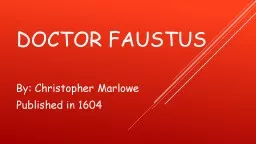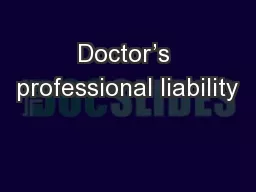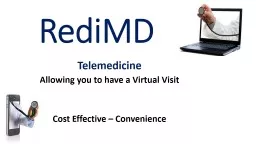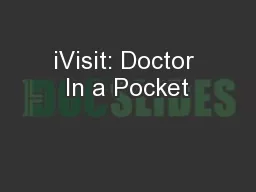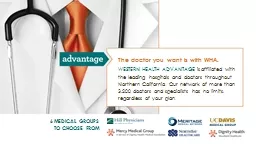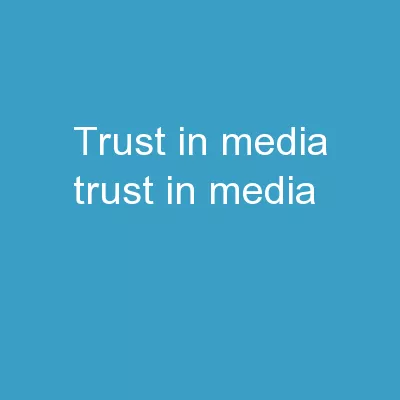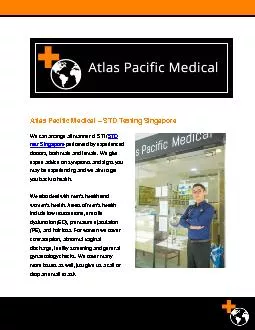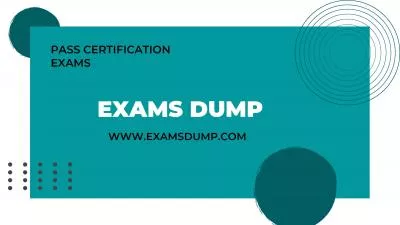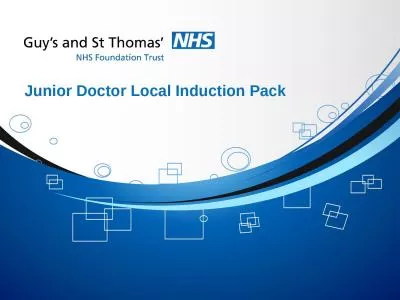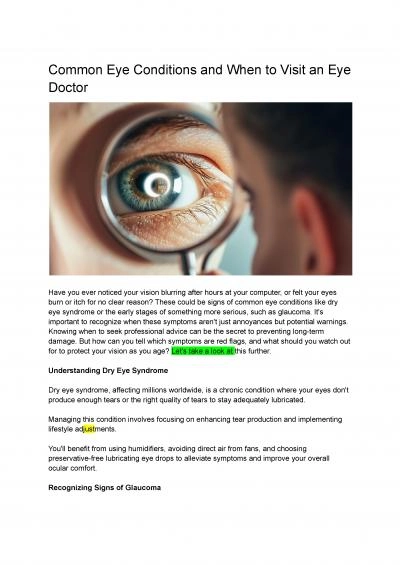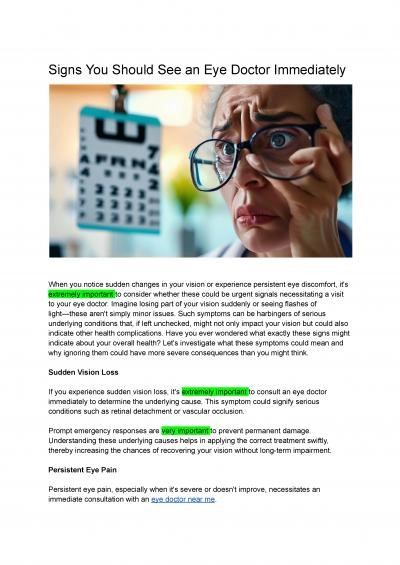PPT-TRUST ME, I’M A (CERTIFIED) DOCTOR
Author : Foodie | Published Date : 2022-08-04
INNOVATIONS AND IMPROVEMENTS IN MAINTENANCE OF CERTIFICATION MARSHALL L LAND JR MD RJ MCKAY JR MD GREEN amp GOLD PROFESSOR OF PEDIATRICS UNIVERSITY OF VERMONT COLLEGE
Presentation Embed Code
Download Presentation
Download Presentation The PPT/PDF document "TRUST ME, I’M A (CERTIFIED) DOCTOR" is the property of its rightful owner. Permission is granted to download and print the materials on this website for personal, non-commercial use only, and to display it on your personal computer provided you do not modify the materials and that you retain all copyright notices contained in the materials. By downloading content from our website, you accept the terms of this agreement.
TRUST ME, I’M A (CERTIFIED) DOCTOR: Transcript
Download Rules Of Document
"TRUST ME, I’M A (CERTIFIED) DOCTOR"The content belongs to its owner. You may download and print it for personal use, without modification, and keep all copyright notices. By downloading, you agree to these terms.
Related Documents

